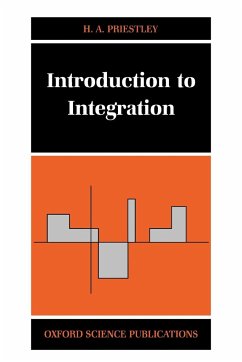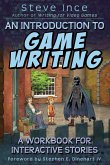Introduction to integration provides a unified account of integration theory, giving a practical guide to the Lebesgue integral and its uses, with a wealth of illustrative examples and exercises. The book begins with a simplified Lebesgue-style integral (in lieu of the more traditional Riemann integral), intended for a first course in integration. This suffices for elementary applications, and serves as an introduction to the core of the book. The final chapters present selected applications, mostly drawn from Fourier analysis. The emphasis throughout is on integrable functions rather than on measure. The book is designed primarily as an undergraduate or introductory graduate textbook. It is similar in style and level to Priestley's Introduction to complex analysis, for which it provides a companion volume, and is aimed at both pure and applied mathematicians. Prerequisites are the rudiments of integral calculus and a first course in real analysis.
Introduction to Integration provides a unified account of integration theory, giving a practical guide to the Lebesgue integral and its uses, with a wealth of examples and exercises. Intended as a first course in integration theory for students familiar with real analysis, the book begins with a simplified Lebesgue integral, which is then developed to provide an entry point for important results in the field. The final chapters present selected applications, mostly drawn from Fourier analysis. The emphasis throughout is on integrable functions rather than on measures. Designed as an undergraduate or graduate textbook, it is a companion volume to the author's Introduction to Complex Analysis and is aimed at both pure and applied mathematicians.
Introduction to Integration provides a unified account of integration theory, giving a practical guide to the Lebesgue integral and its uses, with a wealth of examples and exercises. Intended as a first course in integration theory for students familiar with real analysis, the book begins with a simplified Lebesgue integral, which is then developed to provide an entry point for important results in the field. The final chapters present selected applications, mostly drawn from Fourier analysis. The emphasis throughout is on integrable functions rather than on measures. Designed as an undergraduate or graduate textbook, it is a companion volume to the author's Introduction to Complex Analysis and is aimed at both pure and applied mathematicians.








